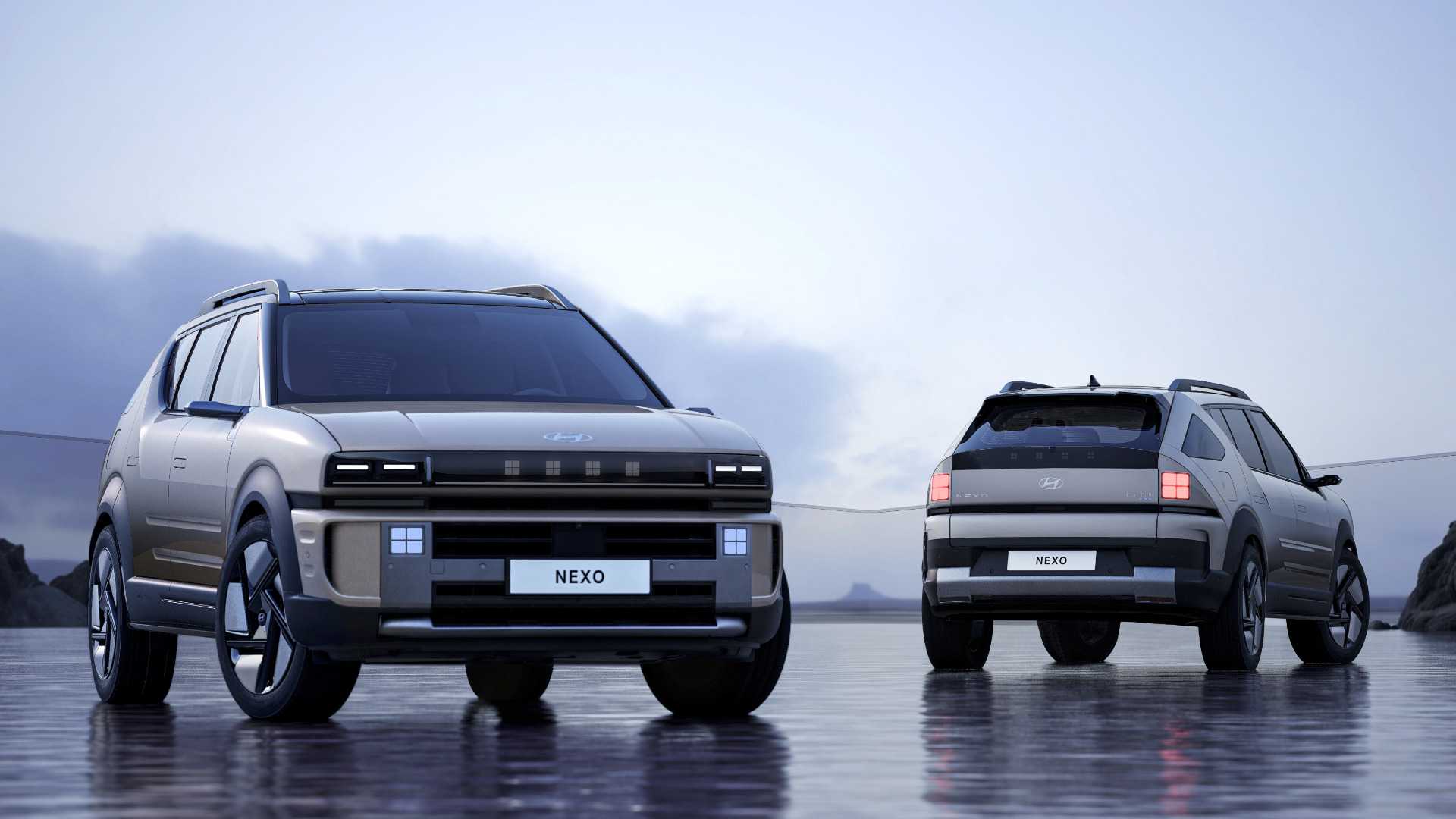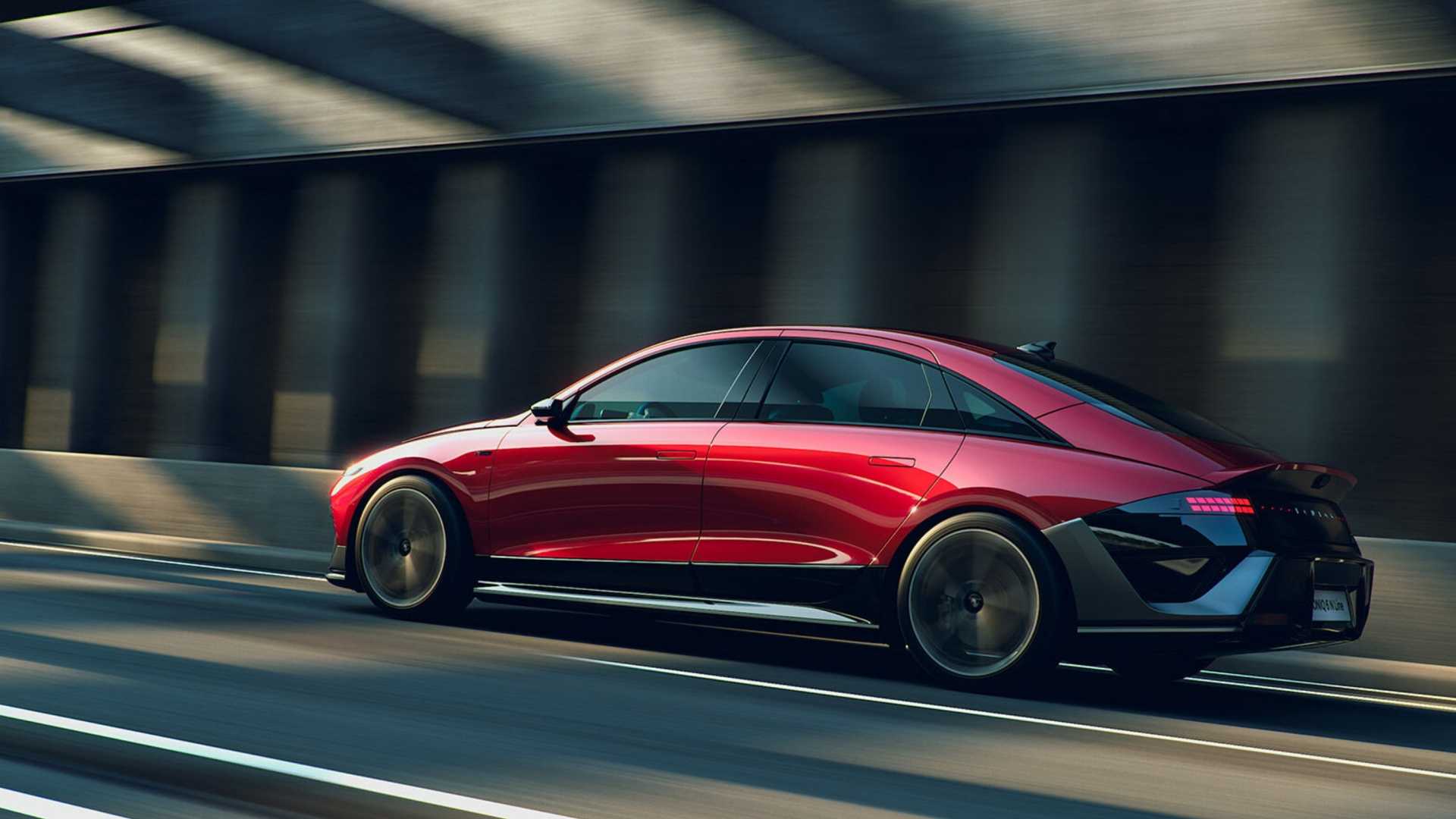Regardless of your feelings toward the hydrogen powertrain, Hyundai is genuinely hopeful that you'll appreciate the design of the 2026 model. Hyundai Nexo Disclosed last week, this is how the upcoming lineup of traditional Hyundai models will appear. The director of Hyundai’s South Korean design hub mentioned that additional vehicles featuring a comparable style will start appearing in showrooms before the year ends; however, these new additions won’t simply replicate the distinctive Hyundai alternative-energy car.
Strength Unleashed: Sculpting Reality with Parametric Pixels
Hyundai refers to the latest design language as the Art of Steel. According to the brand, it embodies "the inherent malleability of steel expressed through daring and robust styling—highlighting both its power and elegance via sculptural forms."
The company’s senior vice president and design center head, Simon Loasby, clarified why they introduced an entirely new design language alongside what will surely be a limited-production vehicle. “This approach ensures that this customer segment has access to something truly exclusive,” Loasby stated, as reported by Drive Australia It stands out as one-of-a-kind and extraordinary. Powered by a hydrogen fuel cell, wow. Its design doesn’t have to mimic every other vehicle.

Toyota has employed a comparable approach with its alternative fuel vehicles, including not only the fuel-cell Mirai but also the hybrid Prius, which adopted a conventional design solely in its latest version.
Loasby stated, “You will observe [more instances of] this Art of Steel design approach throughout the remainder of this year and into next year—there will be additional illustrations of that.” When asked to verify whether this would encompass the upcoming generation, he was queried further. Tucson Crossover, he replied, "I won’t reveal it, but you shall witness it yourself."
Hyundai Will Steer Clear of Twin Families

The designer further elaborated on this style and the The Parametric Pixel language was first introduced with the Ioniq 5. I believe they could coexist like chess pieces," he remarked. "In this setup, we intentionally create a foundation that links everything together... This foundational element might be something made from Art of Steel or perhaps even pixel-based designs. These elements connect seamlessly. As such, certain ingredients remain consistent; however, the overall composition varies significantly at times to cater to individual preferences among our clientele.
Loasby stated that Hyundai will not adopt a family resemblance approach similar to other car manufacturers, where various models merely represent different dimensions of the same design concept. He recognized that this posed a significant challenge for designers aiming to establish a distinctive brand identity through styling alone.
"He mentioned, ‘Many businesses don’t operate this way. They maintain a single aesthetic throughout their entire product line. However, our company boasts an extensive range of products. We aim to provide distinct yet distinctive options tailored specifically for various regions and consumer segments. This means that your child could walk in and remark, “Mine has a different design from yours, but they’re still part of the same brand.” The idea being, you wouldn’t necessarily prefer driving your father’s smaller model.’”
Source: Drive.com.au
